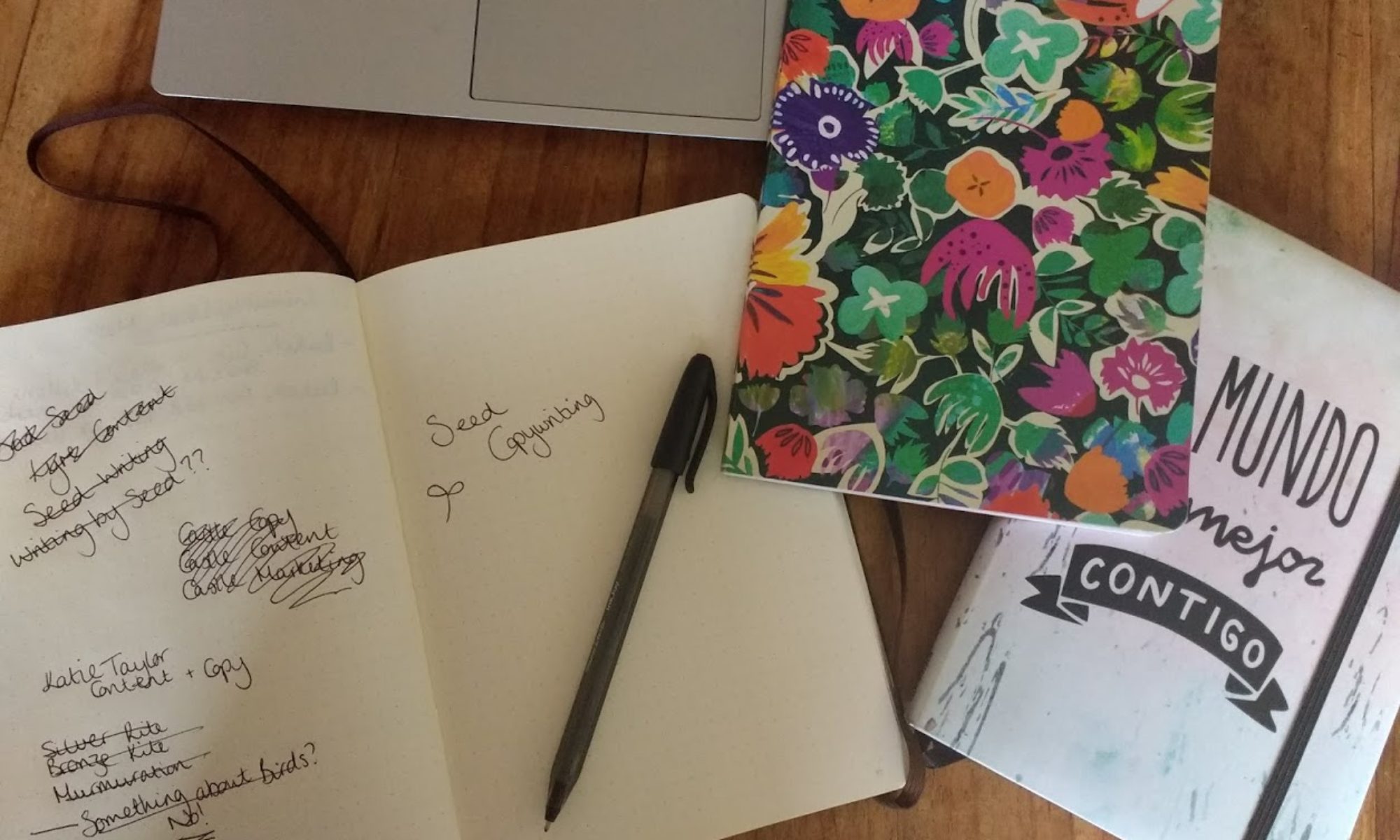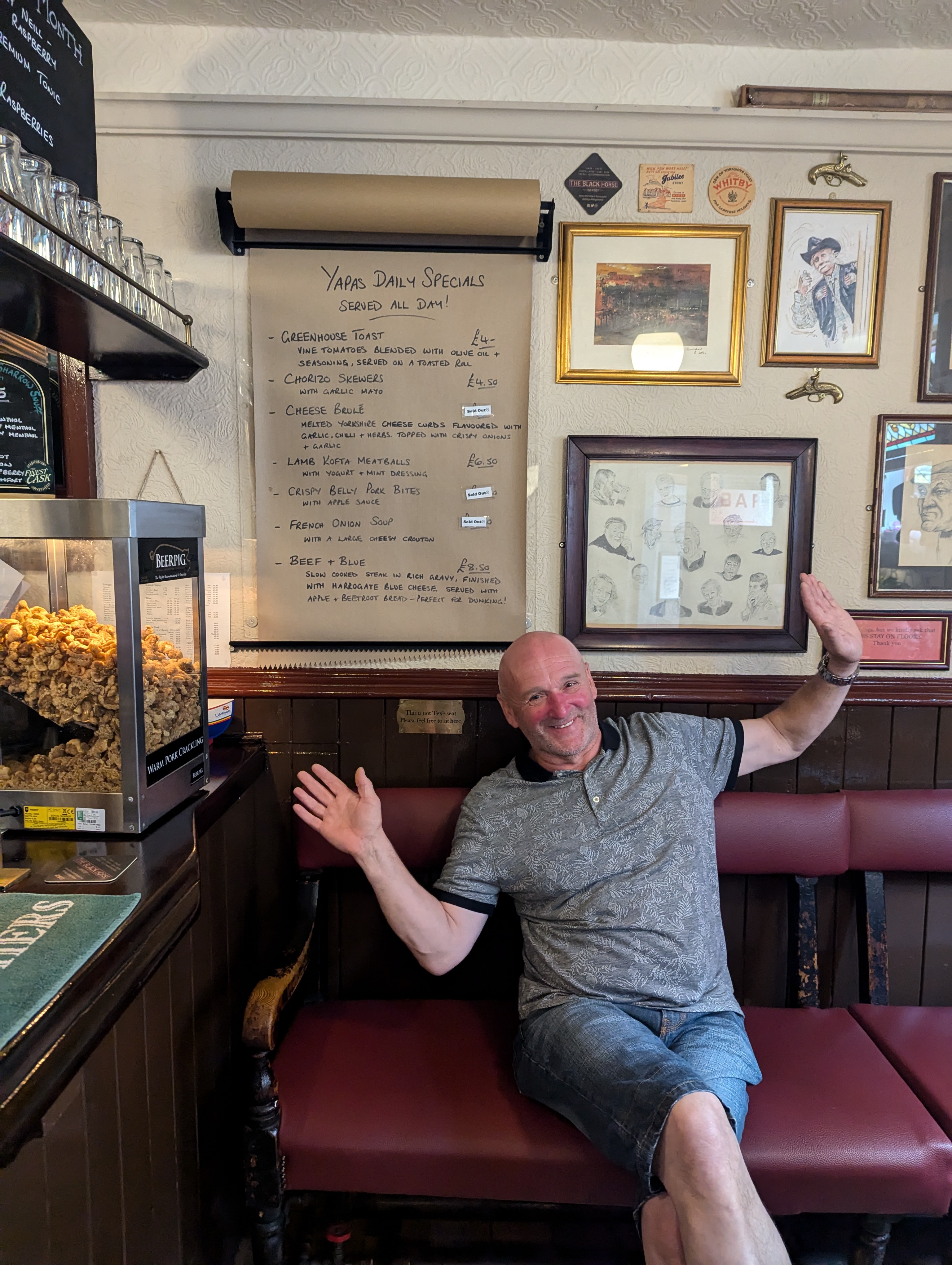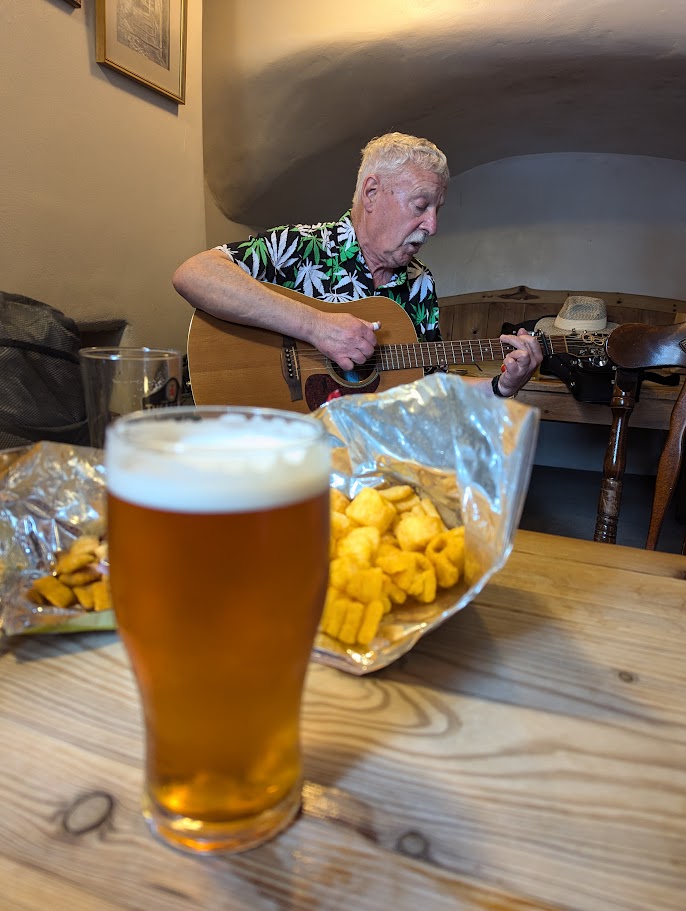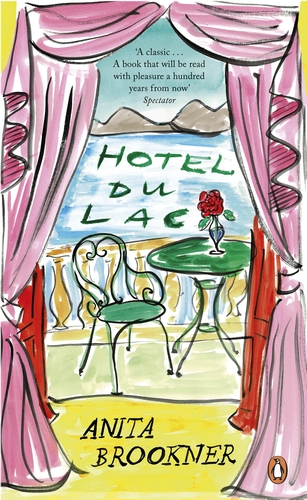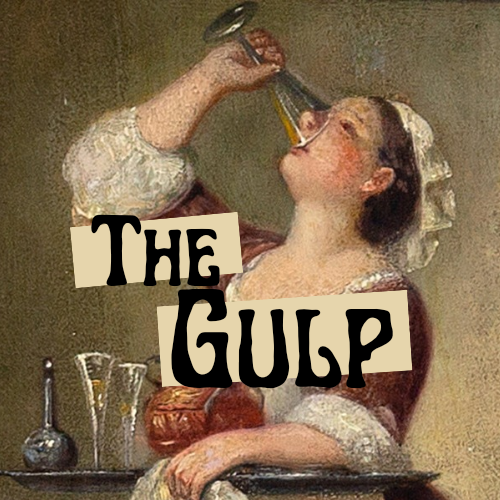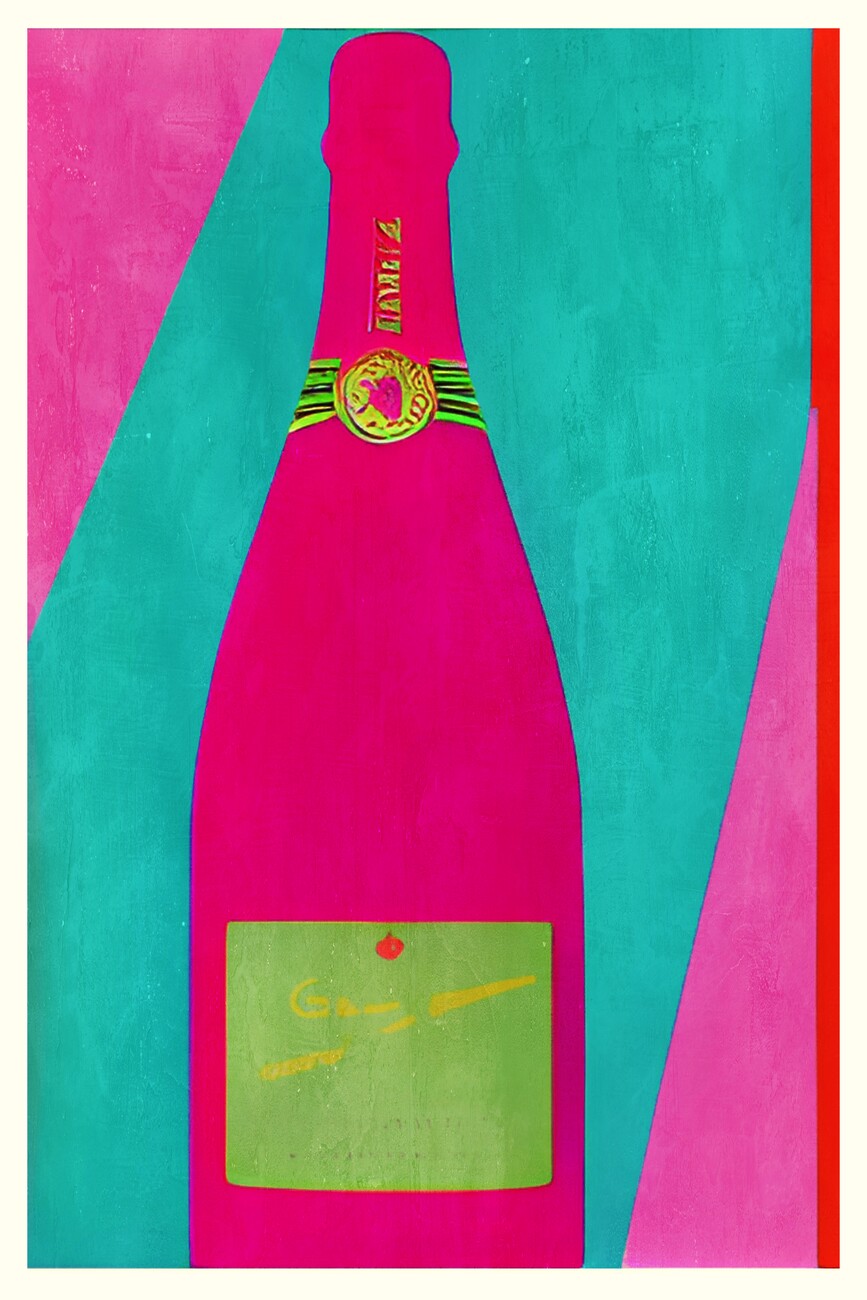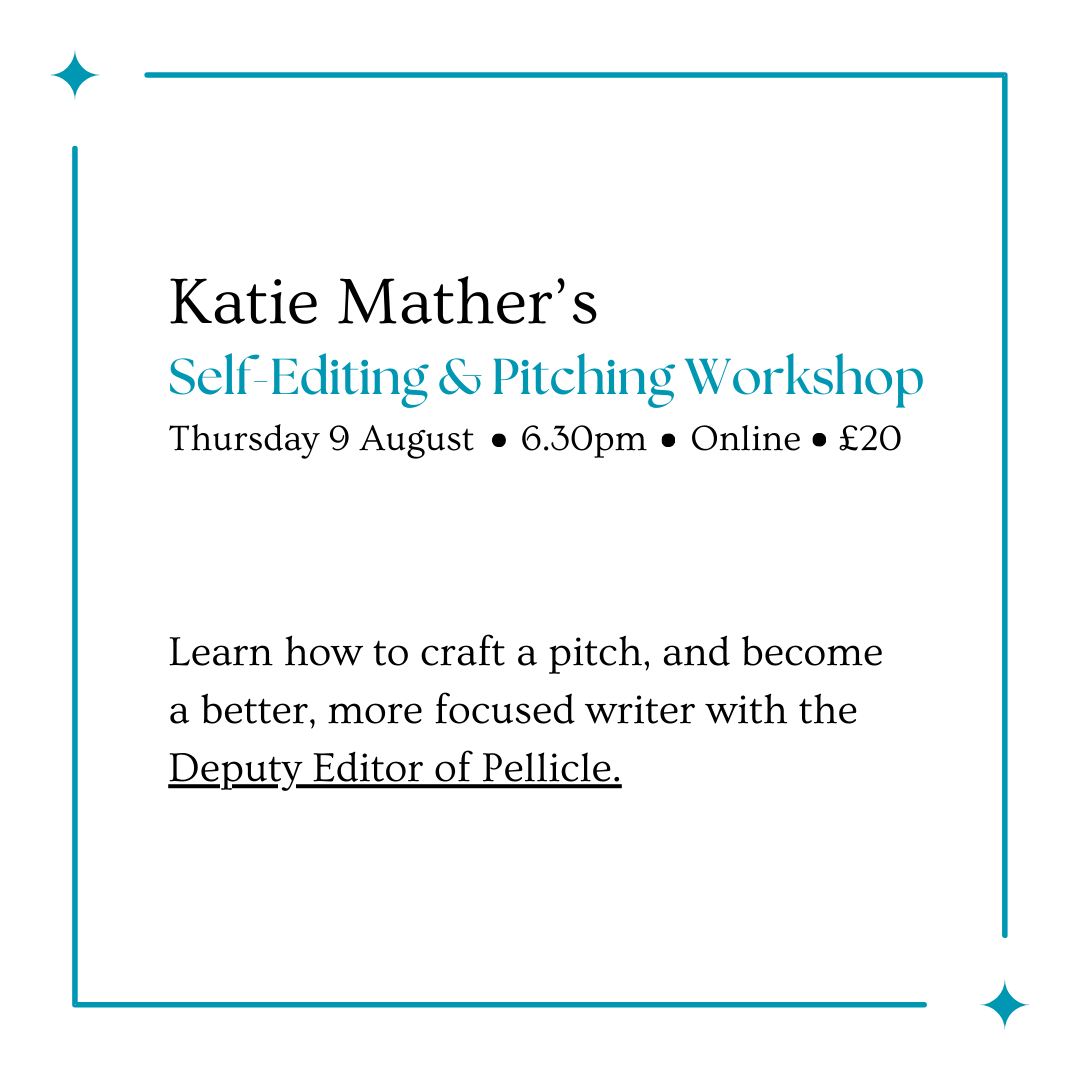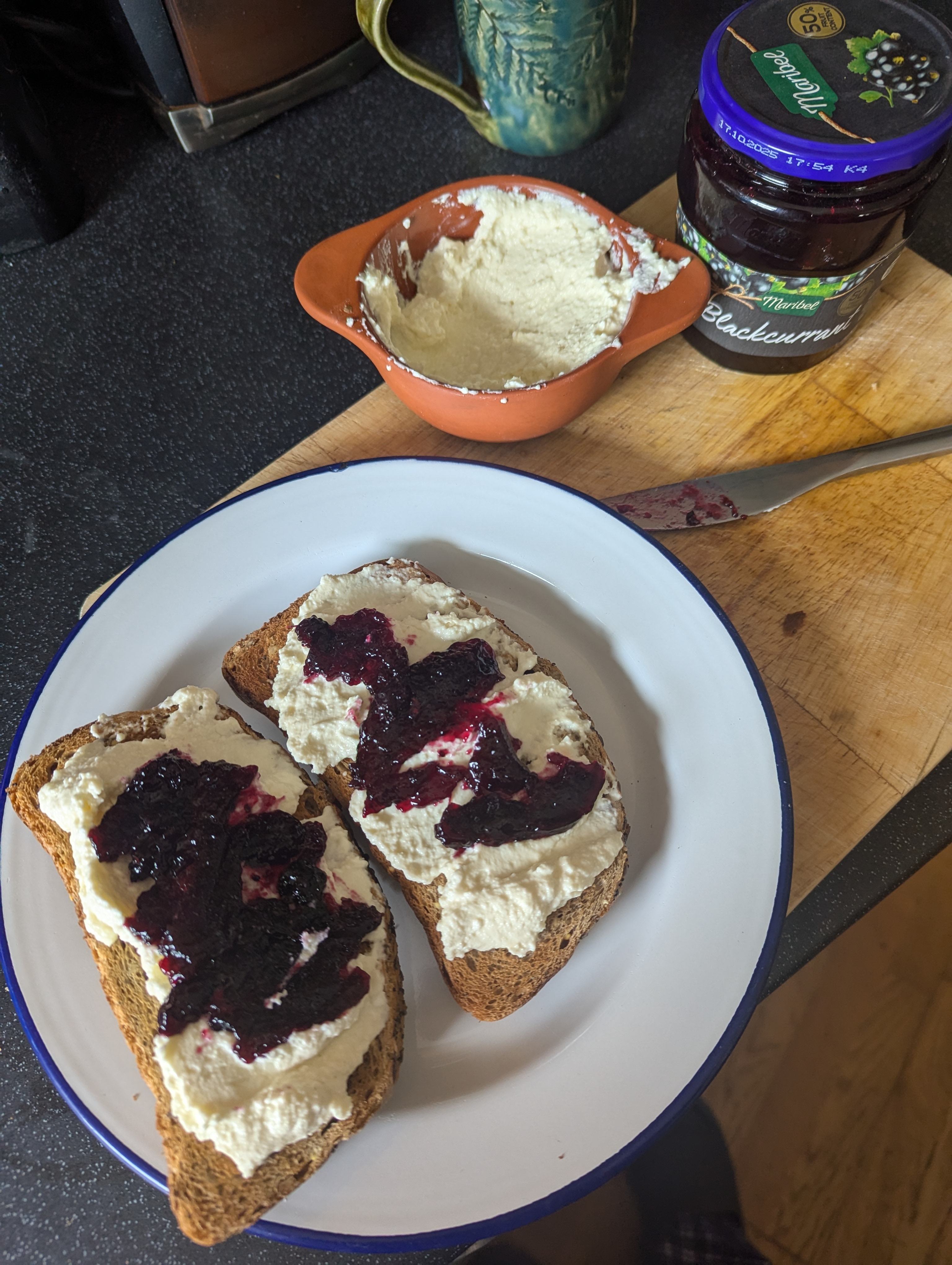Why I don’t use Chat GPT. And why I don’t want my writers to use it either.

AI and Chat GPT has crept into my life like dry rot. Subsidence. I’m putting this out here for posterity—I will not use it. I don’t have a Chat GPT account, and I don’t allow my work to feed any AI machines. I’ve turned work down that would pay me well so that I don’t have to work with or train AI. I think it’s a genuinely Bad Thing for writers and artists, and it will only degrade the quality of the art we consume. Commodification? You wish. This is contentification. No respect for the reader, no fine turns of phrase, no elegance. Just easily-digested, loosely fact-checked slop.
As hard as I try not to let the idea of AI affect my work, I’ve noticed something—I am now trying too hard to write like myself. Terrified of seeming like I’ve run my untethered thoughts through a comprehension engine, I’m actively rethinking the wording of my sentences, second-guessing my descriptions, looking for points throughout my writing where anyone might feel as though things are getting a little uncanny. Are my thoughts too terminally online to be read as natural speech anymore? Is resistance not only futile, but moronic?
I have seen work as an editor that has clearly been written with the aid of AI in some form. The frustration I feel about this goes beyond anger: It deeply upsets me. I want to know how making writing easier for yourself by removing yourself from the writing is of any value to anyone. I want to know why any writer would want to extricate themselves from the problem-solving duties of turning raw thoughts, ideas, research, and emotion into coherent text. Is that not your job? Is that not what we do?
Writing, to me, is everything. It is the only thing I can do. I live to turn my experiences into stories, to discuss and dissect the world around me, to make sense of things in new and intriguing ways. I strive to connect with people through the words I write, which were born as mere feelings, just sounds, within my chest. Take this away from me, and I don’t know who I would be. To give it away all by myself? That’s another level of nihilism even I can’t comprehend.
Other Stuff
“Food as a luxury category” oooooh do I have thoughts about this. So does TikTok researcher kfesteryga.
Beat the ban on transporting cured meats from Salerno to the US in 1910 by encasing your soppressata in caciocavallo cheese
Last Black American Poem by Danez Smith from his new collection “Bluff”. “Forgive me, I wrote odes to presidents.”
The NYT’s review of “Bluff” which just blew me away
The amazing story of Dora Kulka, a Jewish biochemist who escaped Nazi-occupied Vienna to work in the UK, and who changed British beer forever.
My Stuff
I’m writing a story about Old Peculier, it’ll be out soon
I’m working at Rivington Brewing Co. Farm Trip this weekend for Nightingale Cider—if you’re heading there, come and say hello
I’m running a meet the brewer and tasting session at Fell Brewery’s Oktoberfest at The Royal Oak in Cartmel. It’s going to be a super fun and delightful time in the Lake District, so come along if you can. Get your tickets here.
I’ve got some pub-related writing coming soon for the newsletter as I’ve been to some absolute corkers recently.
Keep an eye out in Ferment magazine—I’ve written about Wee Heavy for an upcoming issue
Want to book me for a speaking or tasting event engagement? Reply to this email and tell me what you’ve got cooking!
I have begun editing my first book as a freelance editor for an American author who I feel has the talent and passion to go very far indeed. I’m incredibly excited about this project, and if you’d like to talk to me about any future editorial work, I am now accepting editorial pitches for 2025.

